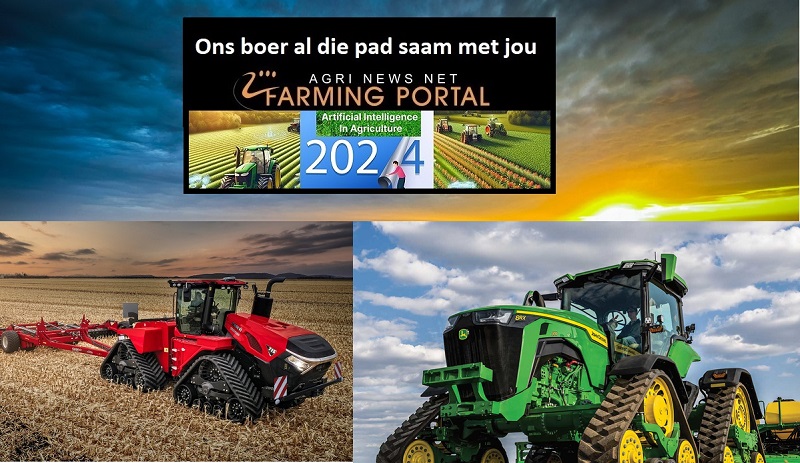The new study relies on satellite data–which has become invaluable for watchdog groups and governments trying to visually map and track deforestation around the world. But what’s not usually reflected in these visual maps is precisely what’s causing the loss. Using a new analytical model the University of Arkansas-led researchers were able to bring in this new dimension, and to show that compared to all other causes, industrial agriculture and ranching was responsible for the largest portion of permanent forest loss between 2001 and 2015–27% of it, to be precise.
This far outstripped all other drivers of forest loss, like wildfires, commercial forestry, and urbanisation. In fact, urbanisation–another culprit behind permanent deforestation–surprisingly accounted for less than 1% of global loss. The other drivers were mainly temporary, the analysis revealed. For instance, commercial logging makes up roughly 26% of forest loss, but much of the logged land is eventually replaced with new trees, meaning it doesn’t strictly count as deforestation
. How South Africa’s mangrove forests store carbon and why it matters
How South Africa’s mangrove forests store carbon and why it matters
Similarly, wildfires routinely ravage large tracts of forest, but it ultimately can regrow in these areas. Compared to industrial agriculture, smallscale subsistence farms cause 24% of forest loss, but typically trees will creep back onto these small plots of land, too. All this points to industrial agriculture as the major cause of the global forest destruction we see.
The analysis revealed some large differences between countries and regions, too. On the plus side, it showed that forest loss in Brazil declined for a period between 2005 and 2009. But worryingly the burden of deforestation seems to have since shifted from South America to Southeast Asia instead. In Indonesia and Malaysia especially, deforestation has gone up, and the fine-grained analysis identified palm oil plantations–an ingredient used in the making of countless products, from margarine to lipstick–as the most prominent driver of forest decline in these parts.
To get this level of detail the researchers developed an analytical program which they trained to identify and categorise five different types of forest loss evident in satellite imagery based on their key visual features: large-scale agriculture, small-scale agriculture, urban expansion, wildfires, and forestry. Then they applied this smarter analytical tool to Google Earth images, allowing it to predict the most likely cause of deforestation on photos of 10 km2 plots of land around the world. By pooling the data they could produce a global picture of what’s driving forest loss.
The research ultimately proved that despite grand commitments from companies in recent years to slash forest loss by 2020, deforestation rates have nevertheless not declined in the last decade-and-a-half. Clearly, these worthy global pledges aren’t translating into real change. “Our results indicate that policies designed to achieve zero-deforestation commitments are not being adopted or implemented at the pace needed to meet 2020 goals,” the researchers assert.
But, their work has also produced a valuable tool that, if developed, could reveal in ever-greater detail what’s really going in the supply chains of our global food products. In turn, that would force companies to become more responsible for the planetary impacts of their profit.















